Raptors to Flowerpeckers: Strength and Colors from Tanay to Infanta
by Lovely Ramos and photos by John Ricarte
“It was so hard to spot raptors that it even took us hours of searching. When they finally appeared, they just looked like dots in the sky because they’re too far from us” – I clearly remember these sentiments of a fellow birder during my first tour with WBCP.
So, when my boyfriend told me to join Raptor Watching in Tanay, I couldn’t help but recall those words of disappointment—of the possibility of waiting for nothing, or failing to spot them as they drift through the vast blue sky.
But when we got the email from the organizer, Jonathan (Jon) Villasper, there was a certain air of assurance that we’re going to find them.
Game day, and we started tracing the Highway to the East on a fine Saturday morning. A total of four cars convoyed to the PAGASA Synoptic Station Tower, where the birds of prey were expected to pass through.
My partner Redi and I hitched a ride with Mr. and Mrs. John & Beng Ricarte, an amazing couple who shared glimpses of their birding journey. As a newbie, I realized how little I’ve seen in the immense population of birds, but the amount of pressure subsided, too. Birding teaches us to be more patient, birders teach us how to merely enjoy every ephemeral moment—and these are what I’ve brought to the raptor watch activity in Tanay.
With the magnificent view of Sierra Madre Ranges and the lush forestry of Rizal, it is no longer surprising why our feather friends have found solace in this place. But this time, we’re spotting migratory species—in transient, heading North and just passing by as they return from their wintering areas to their breeding areas.
Binoculars, chairs, and snacks ready, and we have finally reached our destination. Cold breeze and dark skies welcomed us, seemingly warning of a possible downpour. The day began wet, but thankfully, the clouds eventually parted and the skies cleared, giving way to the rays of the sun that are enough to illuminate the path of the much-awaited raptors.
Jon started the activity with a proper introduction to Raptor Watching. “What we’re trying to catch now is the spring migration,” he began. He talked about the species we’re anticipating for: Chinese Sparrowhawk, Grey-faced Buzzard, and Oriental Honey Buzzard, and also those that are common in this archipelago: Osprey, Serpent Eagle, and Brahminy Kite.
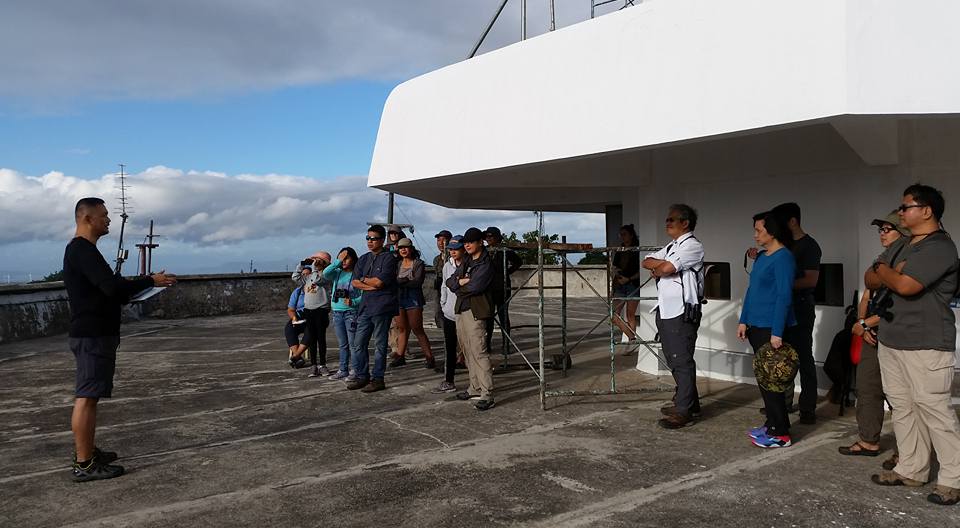
He also outlined the shapes of the birds that we’re expecting, because unlike species who normally perch on trees, it is more difficult to distinguish raptors through their most intricate details.
When spotting, he told us to look closely at the puffy cumulus clouds, because these are where they do thermal soaring – a strategy where raptors use hot air pockets to ride up and glide down to the next, helping them conserve more energy as they go through their very long voyage.
We started scouring the skies before 8AM, and 50 Grey-faced Buzzards served as the first batch of raptors seen. They were followed by about a hundred Chinese Sparrowhawks, then single appearances of Oriental Honey Buzzards, then the list went on. A total of 850 raptor species were counted before 10AM. Some of them were close to the viewing deck, gliding miles above our heads.
Remember the birder who got disappointed with her previous raptor watch experience? I forgot to mention that she was there, too—and I knew, at that moment, she was content and happy.
Other birds seen in the area were: Black-naped Oriole, Pied Bushchat, Long-tailed Shrike, Large-Billed Crow, Swiftlets, and Swallows.
Satisfied with the raptors seen, the group decided to continue the birding adventure to Infanta, Quezon. We went back on the road, and trailed the Marilaque Highway to add more lifers (well, at least for newbies like me!)
Redi and I would always take chances by foot, and we love taking the off the beaten paths. So clearly, roadside birding was really new to us.
Mr. and Mrs. George & Manette Inocencio led the convoy to the spot where birds usually stay. What kind of birds? We didn’t know. We finally pulled off and saw two fellow birders who already reached the area before our group, Mr. and Mrs. Bob & Cynthia Kaufman.
They said that flowerpeckers feast in those trees, and true enough, the Flame-breasted Flowerpecker suddenly appeared and danced its way on the branches right in front of us. Its colors speak of its energy: animated, but also teasing. It was followed by the Buzzing Flowerpecker, then the Orange-bellied Flowerpecker, then the Bicolored Flowerpecker —all four of them taking turns in starring such magnificent show.
We also spotted the Elegant Tit, the Philippine Bulbul, and Sulphur-billed Nuthatch.
Happy with what we’ve seen, we treated ourselves to lunch at The Hulk – an overlooking restaurant/inn, where two Pacific Swallows nest on the ceiling.
After eating, some of us decided to have one last look outside—a choice that led to finding the Yellowish White-eye. Everyone ran to the balcony, took out their bins, and found it camouflaging with the vibrant leaves.
That concluded Redi and I’s birding day, but some of us even continued looking for more species at the nearby areas.
From strong raptors who brave the distance, to vibrant flowerpeckers dancing and singing on trees, it was indeed a day of changing sceneries and experiences. But what holds birds together is their constant search for a safe and secure place that they can call home. I’m glad Tanay and Infanta are some of them.


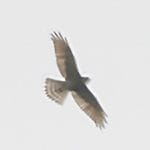
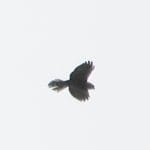
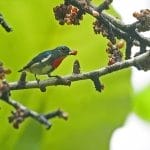
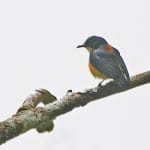
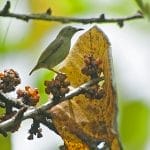
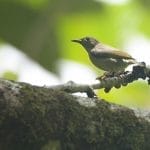
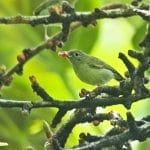
Just a slight correction: the flowerpeckers were not nesting in that tree, they were feasting there. 😊
Thank you for the correction, Tito Bob! =)
Pingback:Birds Etcetera – Wild Bird Club of the Philippines